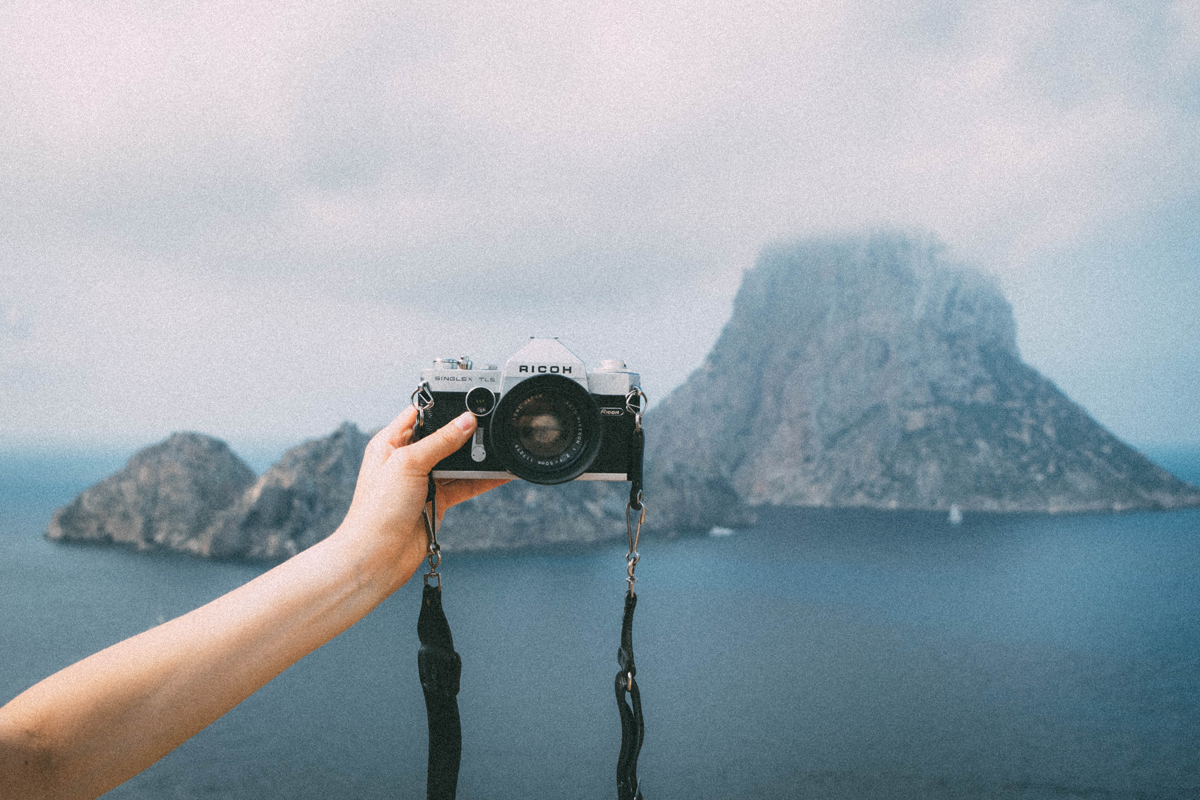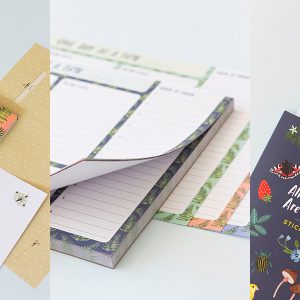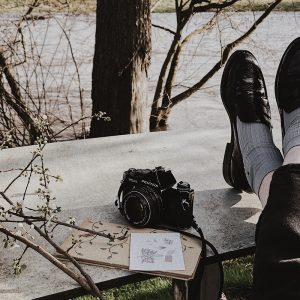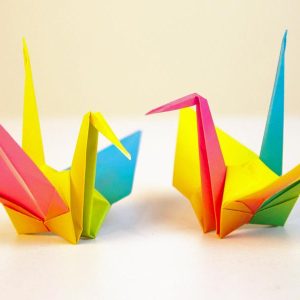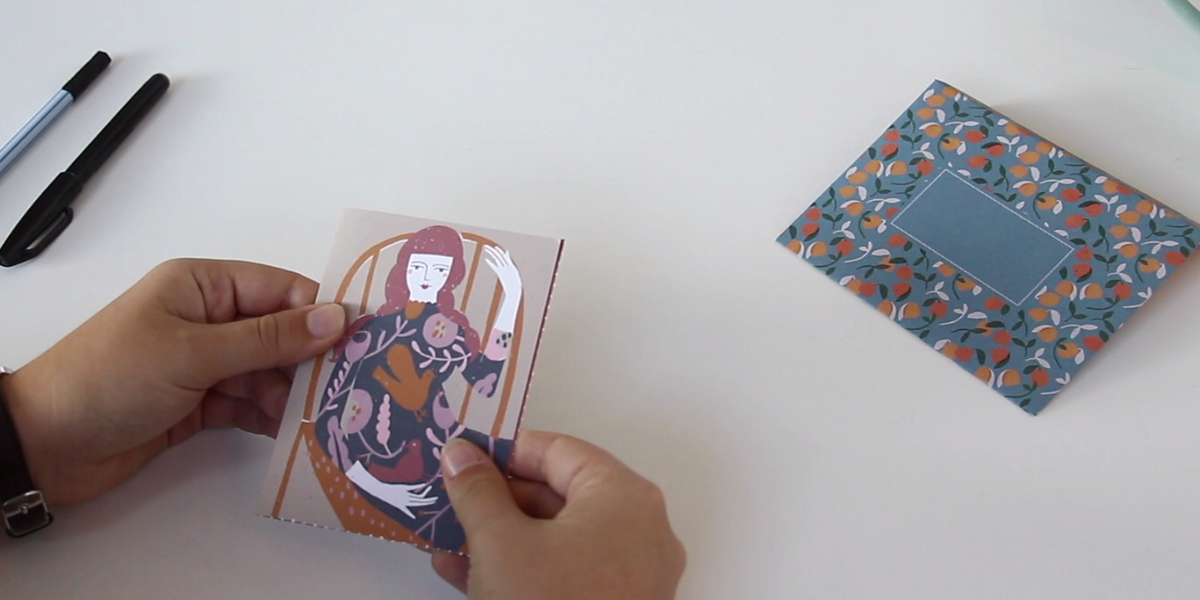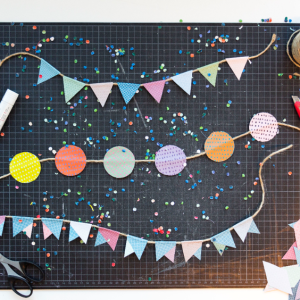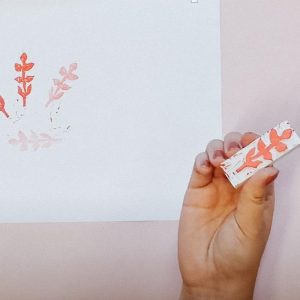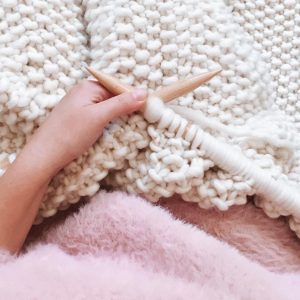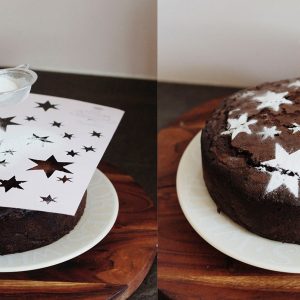In spite of today’s culture of ‘more’ and ‘faster’, analog photography – with its requirement to really look at things and practice patience – is making a comeback. If that’s something that tickles your fancy, and you want to give it a go, we have some tips to help you on your way.
What is analog photography?
The difference between analog and digital photography is that with digital photography the image is recorded on a sensor, and with analog photography it is captured on a piece of film. This means that with analog photography you cannot see the photos right away. You also need to be more selective with the amount of photos you take, as you’re dealing with rolls of film with limited exposures that need to be developed rather than easily transferred and viewed on your computer or smartphone. Many people find this part of analog photography’s charm, as it is a calmer and more mindful way of taking photos because you need to look carefully, be more selective in your choices and then wait for the images to be developed before you see what you have shot.
The most popular cameras for analog photography are 35mm cameras, which use a 35mm film stock that normally comes in rolls of 36 exposures. These can still be bought, and developed, in most photo stores.
Never tried analog photography before? Follow these tips.
- Start with a disposable camera. This is a great way to see if analog photography is for you. Take your disposable (or one-time-use) camera with you wherever you go and learn to look around you: due to the limited number of pictures available to you, you will find that you take photos in a different way. When you’re done, take the whole camera to your local photo store and hand it in for developing.
- Visit thrift shops. If you want to dive deeper into the world of analog photography and buy yourself a more professional analog single-lens reflex (SLR) camera, you can avoid the costly price tag by looking in thrift shops or online second-hand stores. You’re very likely to find some great cameras on offer in both. But be sure that the camera is not damaged in any way, and that the shutter and aperture blades are still functioning properly.
- Do some research. With analog photography it is important that you can determine all the settings yourself and adjust them to the circumstances. This means things like shutter speed and aperture. This manual way of photography is a lovely way of taking photos, but also a lot more difficult – and requires a lot more attention – than the simple ‘automatic’ photography of your smartphone or digital camera. Here are the basics:
- The aperture determines how sharp or blurry your background is due to the amount of light that enters the lens. The lower the f-number, the larger the opening is in the lens, which means a lesser depth of field and therefore a blurrier background. The higher the f-number, the smaller the opening is in the lens, which means a greater depth of field and therefore a sharper background.
- The shutter speed determines how quickly the photo is taken. Do you want to freeze the movement, or do you want to show it as it is? The faster the shutter speed the easier it is to photograph your subject without blur, while slower shutter speeds are better for showing motion.
- The light meter determines the proper exposure for your photograph.
- Watch videos. Once you’ve taken all those lovely photos, you’ll need to remove your film roll from the camera. And it’s vital that you do this correctly because the last thing you want to do now is take it out the wrong way and expose the film to the light as this will ruin all your pictures. If you’re not sure what to do, this video will help.
- Just do it. The most important thing about analog photography is to give it a go and try things out, because you only know what does and doesn’t work after you’ve done it a few times. What’s more: even the ‘failed’ photos often have something special in them. After all – in this age of digital perfection, how often do you see a ‘failed’ picture…?
Want to find out more? Read our interview with photographer Hanke Arkenbout in which she talks about her love of analog photography, and also gives some useful advice.
Text: Quirine Brouwer & Julia Gorodecky Photography: Esmee Holdijk / Unsplash.com


